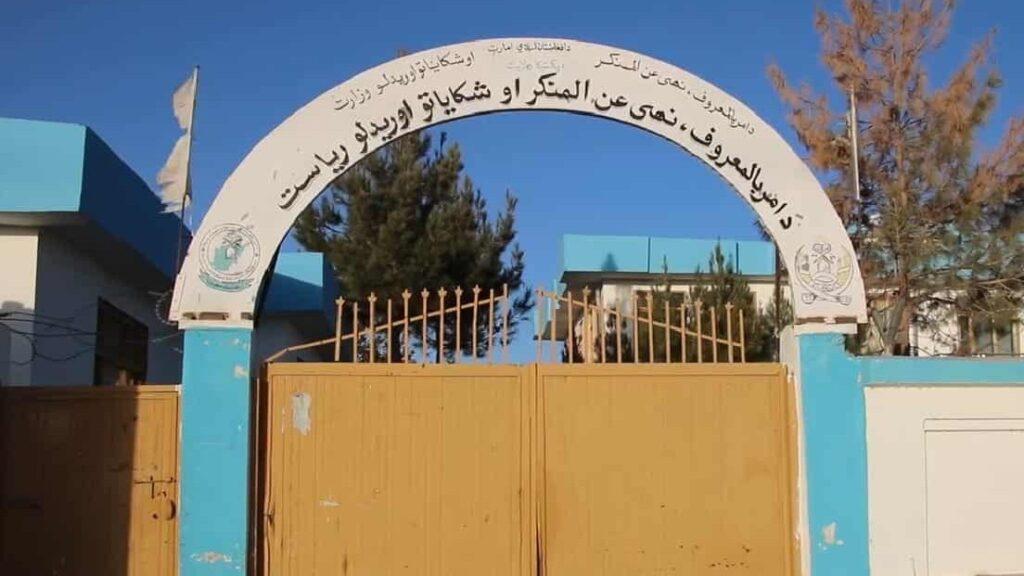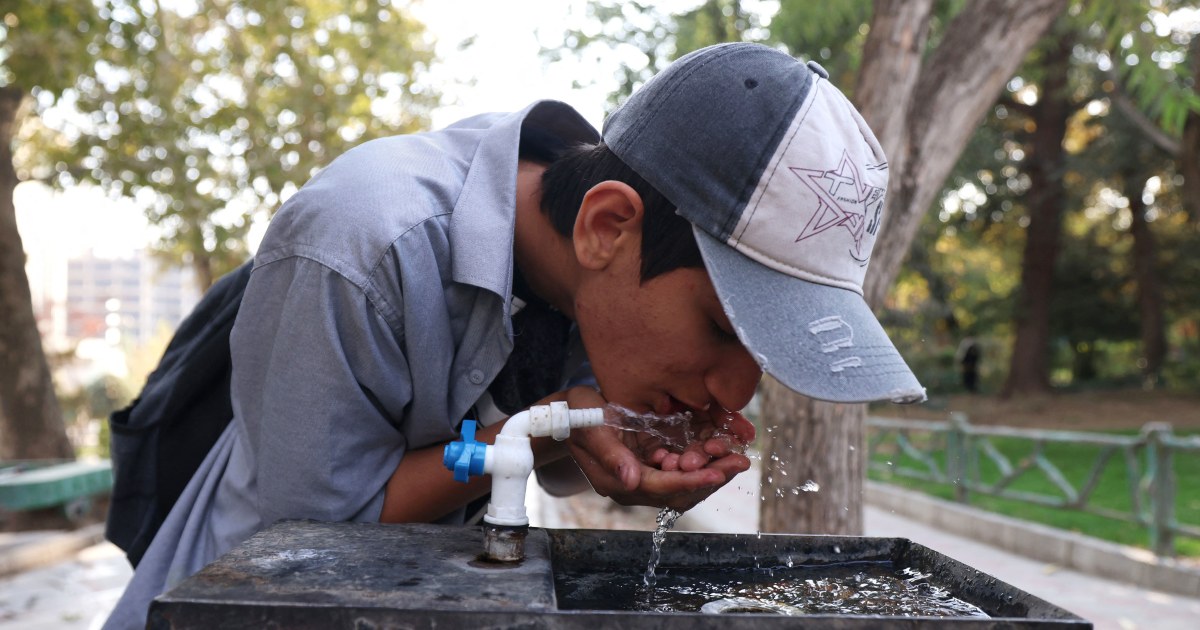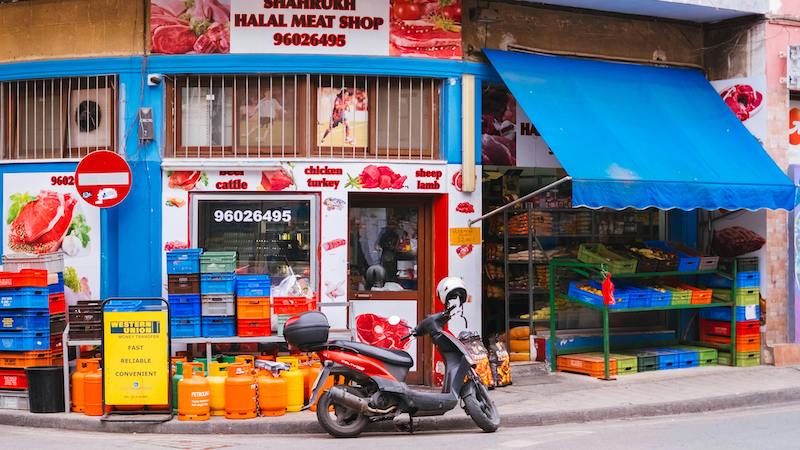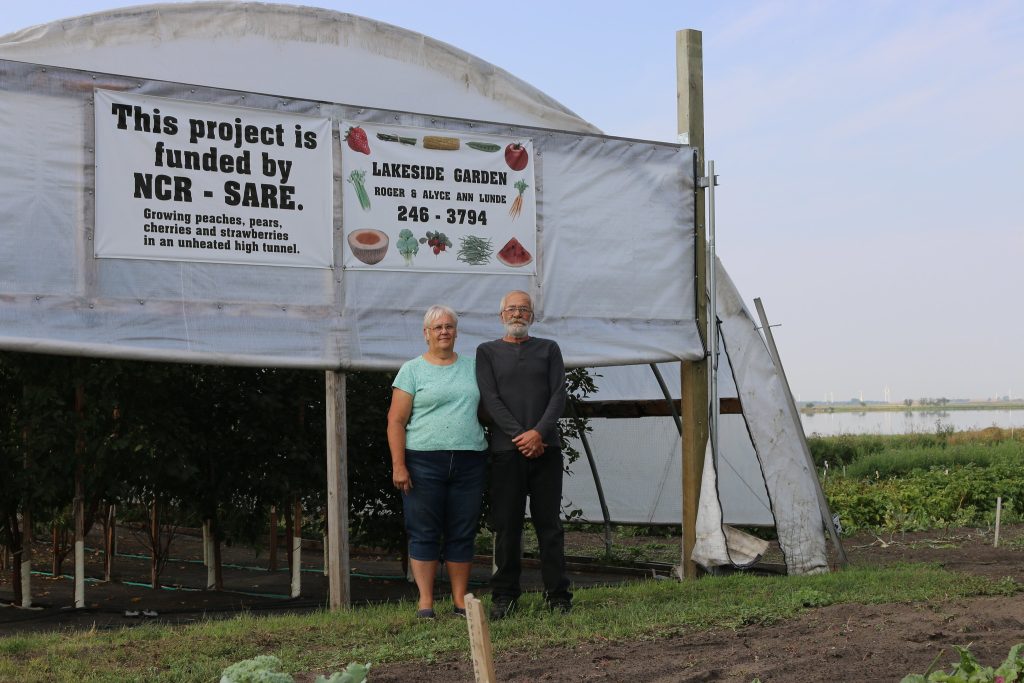Durham County Is Creating a 10-Year Food Security Plan – INDY Week

Report on Durham County’s Strategic Food System Plan and Alignment with Sustainable Development Goals
Introduction and Project Mandate
Durham County has initiated a comprehensive, 18-month project to assess its local food system and develop a 10-year strategic plan aimed at ensuring food security. The Board of County Commissioners has approved a $159,547 contract with Key Environmental Consulting to lead this effort. This initiative directly supports the achievement of several United Nations Sustainable Development Goals (SDGs), particularly those focused on hunger, health, equality, and sustainable communities.
Core Objectives and SDG Alignment
The strategic plan is founded on three primary objectives, each corresponding to specific SDGs:
- Achieving Food Security and Well-being: To ensure all residents have access to affordable, safe, and nutritious food that meets dietary needs and preferences. This directly targets SDG 2 (Zero Hunger) and SDG 3 (Good Health and Well-being).
- Promoting Decent Work: To assess the conditions and job opportunities for individuals employed in Durham’s food industries, aligning with SDG 8 (Decent Work and Economic Growth).
- Fostering Environmental Sustainability: To implement environmentally-friendly practices that protect local waterways and wildlife, contributing to SDG 12 (Responsible Consumption and Production), SDG 14 (Life Below Water), and SDG 15 (Life on Land).
Addressing Food Insecurity and Inequality (SDG 2 & SDG 10)
While Durham County’s overall food insecurity rate of 13.8% is slightly below the state average, significant disparities exist, highlighting the need to advance SDG 10 (Reduced Inequalities). Data from 2023 indicates disproportionately higher rates of food insecurity among specific demographic groups:
- Children: 18.3%
- Black residents: 26%
- Latino residents: 22%
The county has previously demonstrated its commitment to this issue by investing over $3 million in American Rescue Plan Act (ARPA) funds for food security projects. This new strategic plan aims to prioritize resources more effectively to address these inequalities and make greater progress toward SDG 2 (Zero Hunger).
Implementation Framework and Partnership (SDG 17)
The project’s execution relies on a multi-stakeholder approach, exemplifying SDG 17 (Partnerships for the Goals), through collaboration between the county government, Key Environmental Consulting, and the NC Cooperative Extension. The implementation is structured in distinct phases:
- Months 1-6: Project planning and the formation of a steering committee to guide assessment activities.
- Months 3-12: Comprehensive data collection, including a spatial analysis of food access points, production sites, and distribution networks, alongside a review of relevant local, state, and national policies.
- Months 13-18: Development of the 10-year strategic plan, incorporation of community feedback, final revisions, and official publication.
Enhancing Community Resilience (SDG 11)
A key component of the strategic plan is a focus on emergency preparedness to build a more resilient food system, a critical aspect of SDG 11 (Sustainable Cities and Communities). Recent events, such as the disruption of Supplemental Nutrition Assistance Program (SNAP) benefits affecting over 32,500 residents, have underscored the necessity of robust emergency planning. By proactively developing strategies to mitigate the impacts of future crises, the plan will help ensure the long-term stability and sustainability of the county’s food supply.
Analysis of Sustainable Development Goals in the Article
1. Which SDGs are addressed or connected to the issues highlighted in the article?
The article on Durham County’s food system plan addresses several Sustainable Development Goals (SDGs). The primary connections are:
- SDG 2: Zero Hunger: This is the most central SDG, as the article’s main focus is on Durham County’s plan to “ensure food security” and address the “13.8 percent of residents [who] have limited or uncertain access to adequate food.” The entire initiative is aimed at ending hunger and ensuring access to safe and nutritious food.
- SDG 10: Reduced Inequalities: The article explicitly highlights significant disparities in food insecurity rates among different demographic groups. It states that “food insecurity rates are much higher for children, as well as Black people and Latinos, in comparison with Durham’s average.” By aiming to address these issues, the plan is directly tackling inequalities within the community.
- SDG 8: Decent Work and Economic Growth: The strategic plan includes a goal of “assessing the conditions and job opportunities for people working in Durham’s food industries.” This connects to the SDG of promoting inclusive economic growth and decent work for all.
- SDG 15: Life on Land: The plan’s objective of “using environmentally-friendly practices to protect waterways and wildlife” directly relates to protecting and promoting the sustainable use of terrestrial ecosystems.
- SDG 11: Sustainable Cities and Communities: The article describes a comprehensive, county-level initiative to create a “10-year plan” for a sustainable and resilient local food system. This involves policy review, spatial analysis of food production and distribution, and community planning, which are all key components of making cities and human settlements inclusive, safe, resilient, and sustainable.
2. What specific targets under those SDGs can be identified based on the article’s content?
Based on the article’s details, the following specific SDG targets can be identified:
- Target 2.1: “By 2030, end hunger and ensure access by all people, in particular the poor and people in vulnerable situations, including infants, to safe, nutritious and sufficient food all year round.” The article’s core mission to “ensure access to affordable, safe, and nutritious food” for all residents, especially those experiencing food insecurity, aligns perfectly with this target.
- Target 10.2: “By 2030, empower and promote the social, economic and political inclusion of all, irrespective of age, sex, disability, race, ethnicity, origin, religion or economic or other status.” The plan’s focus on the disproportionately high food insecurity rates among children, Black people, and Latinos shows an intent to reduce these specific inequalities and promote inclusion in access to food.
- Target 8.5: “By 2030, achieve full and productive employment and decent work for all women and men… and equal pay for work of equal value.” The goal of assessing “conditions and job opportunities” for food industry workers is a direct step toward ensuring decent work within this sector of the local economy.
- Target 15.1: “By 2020, ensure the conservation, restoration and sustainable use of terrestrial and inland freshwater ecosystems and their services…” The plan’s commitment to “environmentally-friendly practices to protect waterways and wildlife” supports the sustainable use and protection of local ecosystems.
- Target 11.a: “Support positive economic, social and environmental links between urban, peri-urban and rural areas by strengthening national and regional development planning.” The creation of a comprehensive “10-year strategic plan” based on a “food system assessment” is a form of regional development planning designed to strengthen the local food system.
3. Are there any indicators mentioned or implied in the article that can be used to measure progress towards the identified targets?
The article mentions and implies several indicators that can be used to measure progress:
- Prevalence of food insecurity: This is a direct indicator for Target 2.1. The article provides a baseline figure from Feeding America: “13.8 percent of residents have limited or uncertain access to adequate food.” Progress can be measured by tracking the reduction of this percentage over time.
- Disaggregated data on food insecurity: As an indicator for Target 10.2, the article provides specific rates for vulnerable populations: “18.3 percent for children, 26 percent for Black people, and 22 percent for Latinos.” A key measure of success would be the reduction of these figures and the closing of the gap between these groups and the county average.
- Data on working conditions in the food industry: While not providing specific numbers, the plan to “assess[…] the conditions and job opportunities” for food workers implies that indicators related to wages, job security, and workplace safety will be collected and monitored to measure progress towards Target 8.5.
- Development and implementation of a strategic plan: The creation and publication of the “10-year strategic plan” itself serves as a key indicator for Target 11.a, demonstrating that a formal process for regional development planning is in place.
- Adoption of environmentally-friendly practices: For Target 15.1, an implied indicator would be the number or percentage of food producers and distributors in Durham adopting the “environmentally-friendly practices” outlined in the strategic plan. This would require establishing a baseline and tracking adoption rates.
4. Table of SDGs, Targets, and Indicators
| SDGs | Targets | Indicators |
|---|---|---|
| SDG 2: Zero Hunger | Target 2.1: End hunger and ensure access for all to safe, nutritious, and sufficient food. | The prevalence of food insecurity in the population (Baseline: 13.8% of residents). |
| SDG 10: Reduced Inequalities | Target 10.2: Empower and promote the social and economic inclusion of all. | Food insecurity rates disaggregated by demographic group (Baselines: 18.3% for children, 26% for Black people, 22% for Latinos). |
| SDG 8: Decent Work and Economic Growth | Target 8.5: Achieve full and productive employment and decent work for all. | (Implied) Data on working conditions and job opportunities for people in Durham’s food industries. |
| SDG 15: Life on Land | Target 15.1: Ensure the conservation and sustainable use of terrestrial and inland freshwater ecosystems. | (Implied) Adoption of environmentally-friendly practices to protect waterways and wildlife within the food system. |
| SDG 11: Sustainable Cities and Communities | Target 11.a: Strengthen national and regional development planning. | The development, publication, and implementation of the 10-year food system strategic plan. |
Source: indyweek.com
What is Your Reaction?
 Like
0
Like
0
 Dislike
0
Dislike
0
 Love
0
Love
0
 Funny
0
Funny
0
 Angry
0
Angry
0
 Sad
0
Sad
0
 Wow
0
Wow
0
















































































